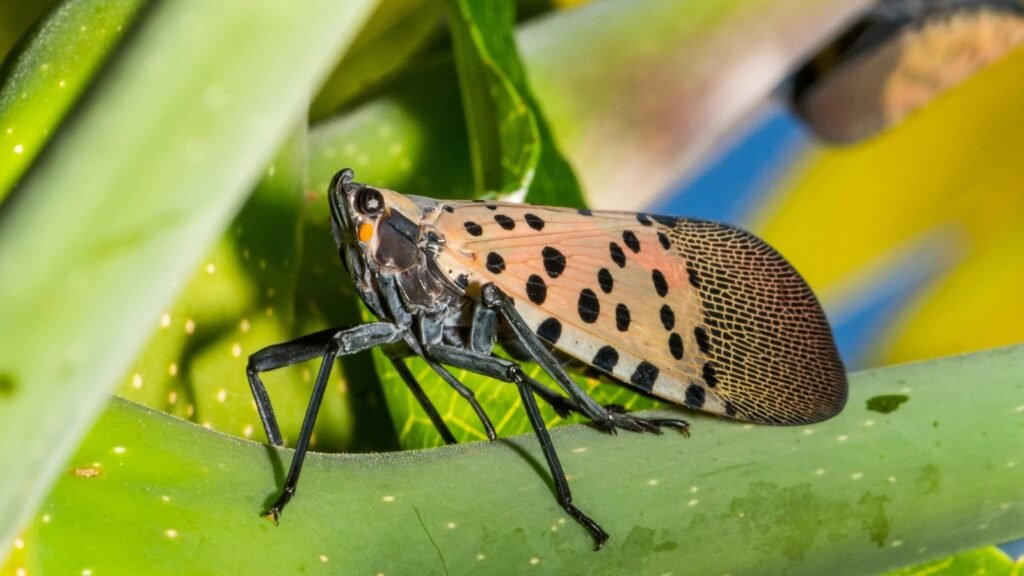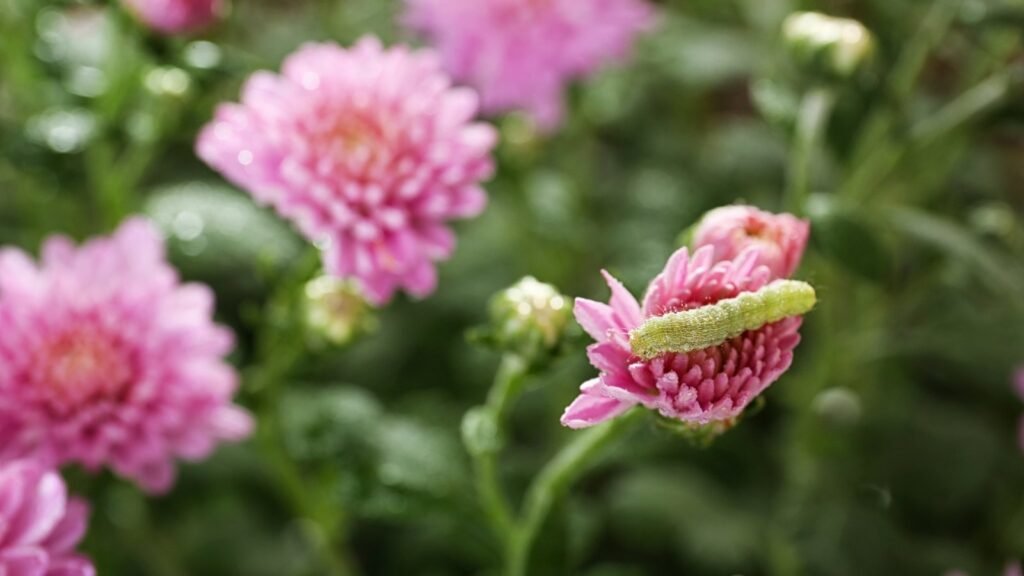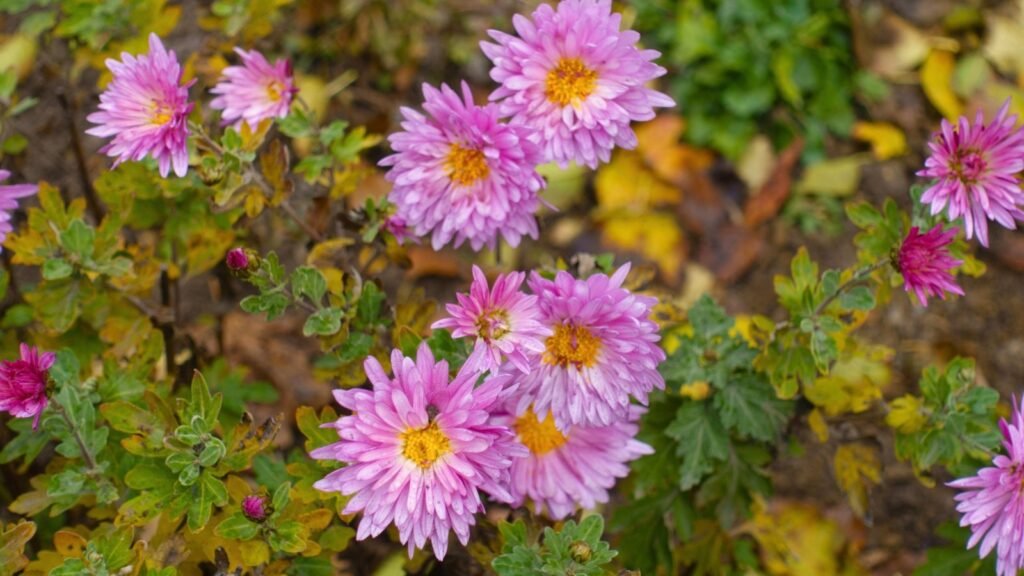Crown rot is a lethal disease that can impact nearly all plants. The crown is the part of the plant that sits just above the soil where stems emerge. It affects vegetables, trees, and shrubs like rhododendrons and fir trees and houseplants like aloe, tree ferns, and orchids. It may even strike ornamentals like hosta, phlox, and tulips and crops like corn, legumes, and cereals. It’s preventable but very difficult to treat.
In short, crown rot occurs because pathogens infect and attack a vulnerable plant’s healthy tissue. This disease can eventually lead to plant death if untreated. Here, I’ll give you the details on crown rot and what to do if you find it in your garden.
How Does Crown Rot Occur?
Often grouped with root rot, there are several types of crown rot. Fungi including Phytophthora, Fusarium pseudograminearum, Rhizoctonia solani, Agroathelia rolfsii, Agroathelia delphinii, and Agroathelia rolfsii typically cause this disease. These pathogens thrive in warm environments with wet, soggy soil and poor drainage and easily spread to plants experiencing stress or injury.
Overwatering


When roots are in standing water or waterlogged soil, oxygen levels drop and become anaerobic, meaning absent of oxygen. When this happens, roots suffocate and the plant becomes stressed, providing the perfect opportunity for pathogens to infiltrate. While overwatering doesn’t cause the disease itself, soil that stays wet and warm provides the perfect habitat for the pathogens that are responsible for it.
Poor Drainage


Soil that drains slowly and holds onto water for long periods also spells trouble for plant crowns. Even if you water plants sparingly, if the water has nowhere to go, it can lead to rot. Common causes of poor drainage are pots without drainage, soil compaction, high water tables, low-lying areas, and heavy clay soils.
Contamination


For crown rot to occur, the pathogen has to be present first. Some fungi that cause this disease (such as S. rolfsii) can remain dormant in the soil for years. Sclerotia and spores can come from shoes or gardening tools used on other plants with this disease. Plants that come in from outside sources may also have fungi that could lead to rot in wet conditions.
Symptoms


Oddly enough, symptoms appear similar to those of a drought-stressed plant. Wilted branches and leaves, falling and yellowing leaves, and slow growth are all symptoms of the disease. The canopy can turn dull red or orange and grow thin, indicating crown rot in trees and shrubs. Other indicators include cobwebby, cottony mycelium appearing in high humidity.
The telltale signs are dark lesions and brown or black mushy bases, which may have a foul odor. If your plants display drought-like symptoms but regularly receive water, feel the base of the plant for these symptoms that indicate this condition.
That said, it’s most important to treat the causes and not just the symptoms. Crown rot is a sign that something is seriously wrong with drainage.
How to Prevent Crown Rot
The best way to treat crown rot is to prevent it from happening in the first place. When plants are afflicted with this disease, there isn’t much that can successfully save them—preventing the disease from happening in the first place is essential. The good news is that there are a host of ways to prevent it.
Watering Technique and Planting Depth


When watering, some gardeners avoid watering the crown of certain plants like palms and ferns and instead water the soil and aerial roots, like those of the tree fern. Always check before watering by dipping your finger about an inch into the soil or using a sensor to test the soil moisture.
When planting for the first time, plants should only be planted to the depth of their rootball. Moist soil surrounding the trunk of a tree or stem of a plant can create stress and thus promote infection by pathogens. Unless we’re talking about plants that want to be planted deeply, often planting at the crown level is most appropriate.
Soil Amendment and Pot Selection


Heavy clay soils are notorious for drainage issues. Amending with organic matter like compost, manure, old leaves, or biochar can greatly improve drainage by promoting microbial diversity and supporting earthworms whose burrows help to aerate the soil. Treat soil as the living thing it is – while tilling seems appealing to improve drainage, over-tilling can have the opposite effect by breaking up the soil particles and worm burrows that aid in drainage.
If you’re gardening in containers, remember the cardinal rule of pot selection: check for drainage holes! Drainage holes can be drilled into pots, or pots with drainage holes can be staged within a larger one that has missing drainage holes.
Another important note for containers is to make sure to use a potting mix and not garden soil. Soil specifically meant for indoor houseplants is lighter and can be mixed with vermiculite or perlite to provide even greater drainage. If you’re recycling a pot previously used, thoroughly clean it with isopropyl alcohol to kill any harmful pathogens.
Raised Beds


If you’re still struggling with poor drainage season after season or simply don’t want to deal with heavy, compacted soil, it’s time to consider building raised beds. Raised beds can hold well-draining soil and keep plant roots from growing into poorly draining and compacted earth, providing precision in controlling soil and amendments.
If you don’t know where to start with raised beds, Birdies Original Raised Garden Beds are a great solution. These come in up to 6 configurations, depending on the model you choose.
Clean Tools and Shoes Regularly


It’s best practice to clean shoes and tools after every use by wiping them down with 70% isopropyl alcohol. If you’re working with diseased plant material, this step is especially imperative. You’ll need to sterilize tools after touching diseased plants. I’d also suggest having a pair of “garden only” shoes – perhaps an old pair of sneakers or Crocs to mitigate the risk of bringing pathogens into your yard.
Plant Selection


When choosing plants, consider your environment first. Look for plants that thrive in the environment you can provide them. Once you’ve made your plans and are ready to purchase your plants, be picky and discerning with your sourcing.
Give all plants a once-over and check for the signs of fungal issues like sesame seed-like scerota or cobwebby and cottony mycelium. I prefer local nurseries or botanical gardens that stock plants that suit the local climate and pay close attention to plant health as opposed to big-box stores where details are often overlooked.
How Can It Be Treated?


While some harsh chemical fungicides may help, the bad news is – the best bet to treat and prevent it from spreading is to toss the plant. If you do find yourself with a case of crown rot on your hands, stop watering and let the soil dry out.
Because a host of pathogens cause this disease, you’ll need to remove the affected plants and their roots away from other plants and dispose of them (do not compost). Dig up and remove the soil and mulch around the perimeter of the plant and replace it with new material. If you’re dealing with a big area in full sun, solarize the soil by covering it with a tarp for 8-12 weeks in the heat of summer to kill both weeds and pathogens.
For houseplants or container gardens, throw away all soil, rinse, and sanitize with 70% isopropyl alcohol or a mixture of 1 part bleach to 9 parts water.
Final Thoughts
While this is a serious and oftentimes fatal disease, the good news is that it can be easily prevented from happening with well-draining and healthy soil, mindful watering and planting, and keeping tools, shoes, pots, and other supplies clean.
Sometimes, despite all our wishful thinking, a particular plant may just not be right for a particular place in the yard or pot. As the saying by Alexander den Heijer goes, “When a flower doesn’t bloom, you fix the environment in which it grows, not the flower.” Except in this case, you would technically be fixing the environment and changing the plant, but you get the point. If you’re finding yourself struggling with repeat infections, it may be time to try a plant that loves boggy conditions – they do exist!



